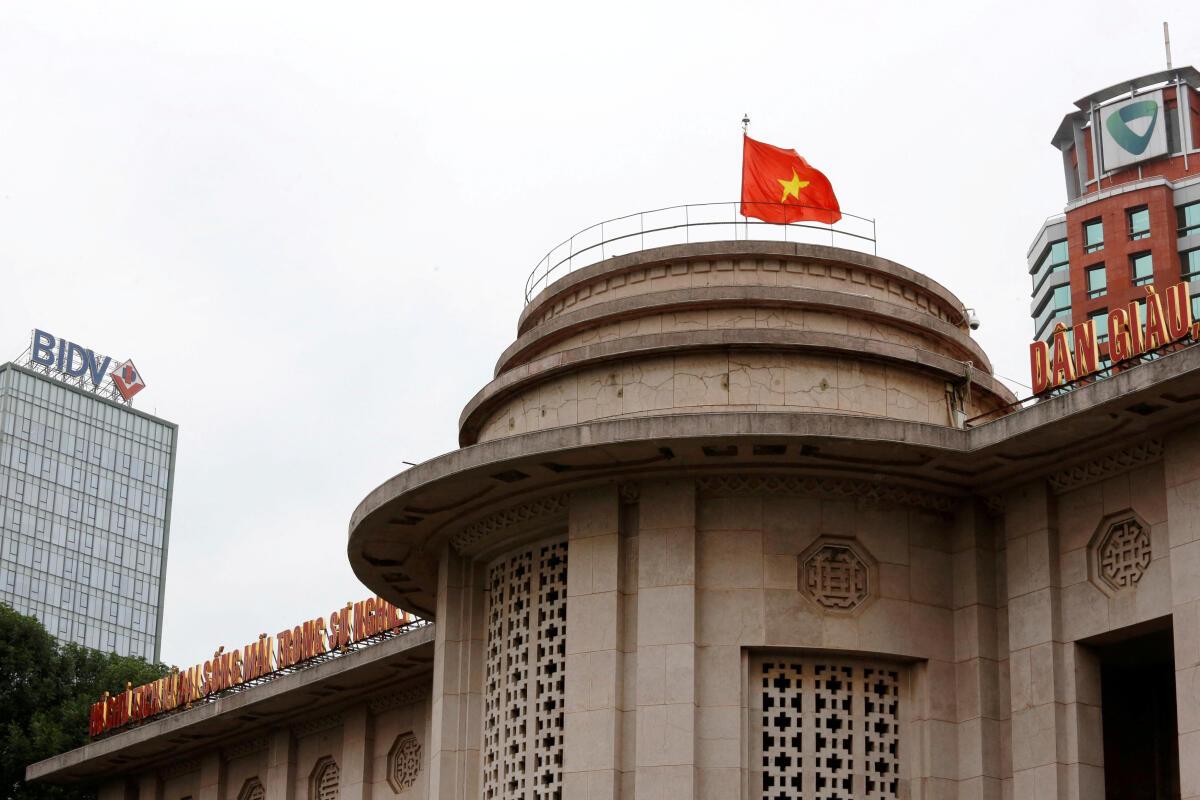
The Dark Legacy of Defoliants: A History of their Use as a Weapon of War and the Suffering it Caused
During the Vietnam War, U.S. forces used defoliants to strip trees and plants of their leaves, depriving North Vietnamese forces of cover. The most infamous defoliant used during the war was Agent Orange, a mixture of two compounds called 2,4,5-T and 2,4-D in a 1:1 ratio. Exposure to Agent Orange led to major illnesses in over a million people in Vietnam after the war.
Britain was the first country to use defoliants as a weapon of war during the Malayan Emergency. They used a substance similar to Agent Orange, but with the addition of a toxin called Dioxin. Dioxin was responsible for the Seveso disaster of 1976.
Alongside Agent Orange, the U.S. developed a mixture of cacodylic acid, sodium cacodylate, and water to destroy rice plants. These plants were difficult to destroy even with fire, but the mixture dehydrated and killed them. The use of defoliants against civilian populations has been banned since 1980, but civilians were affected during the Vietnam War. Napalm, a substance that burns and spreads easily, was famously photographed in 1972 by Nick Ut.
At a U.N. conference in June 1972, Olof Palme described the effects of defoliants in Vietnam as “ecocide” and advocated for it to be designated an international crime
